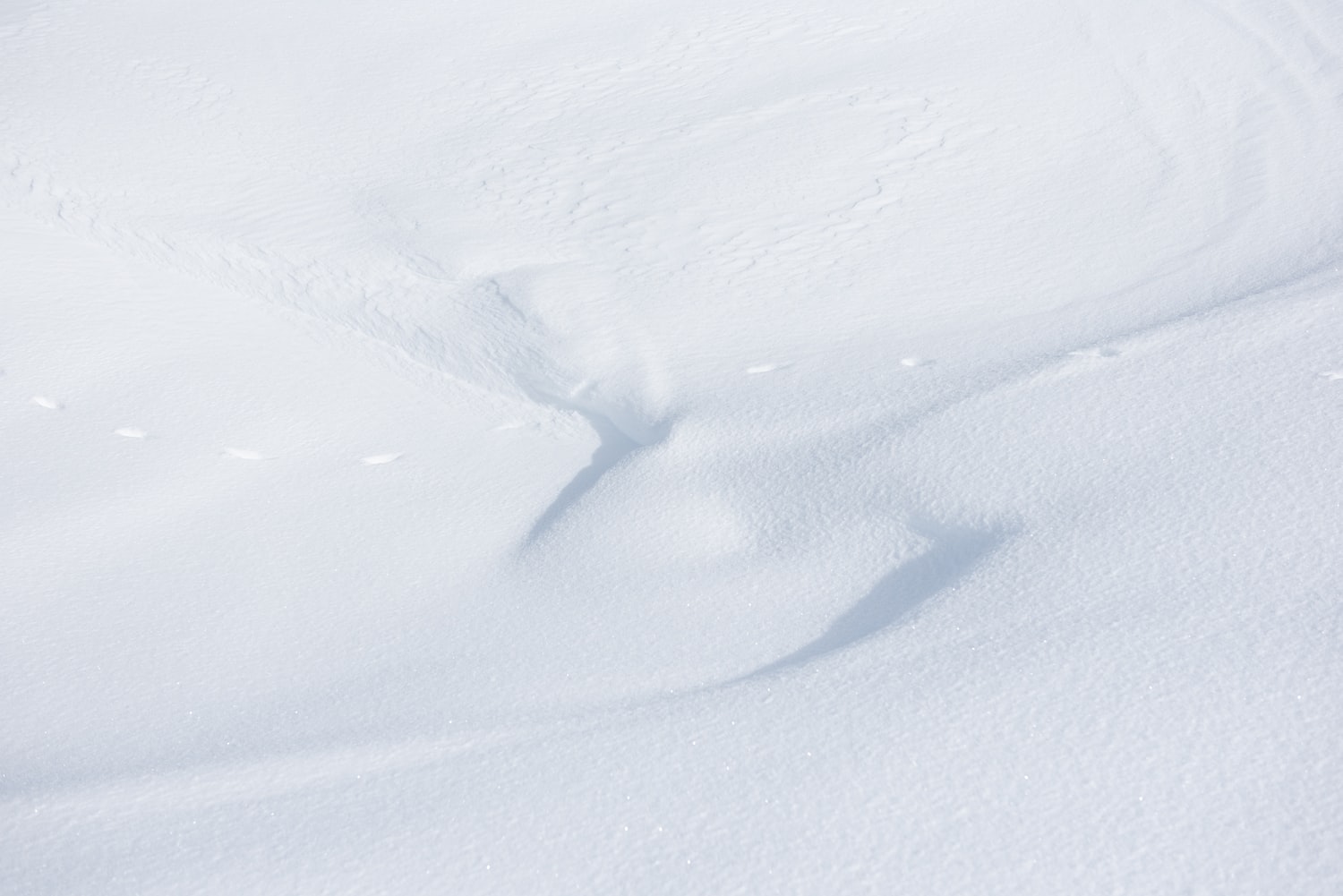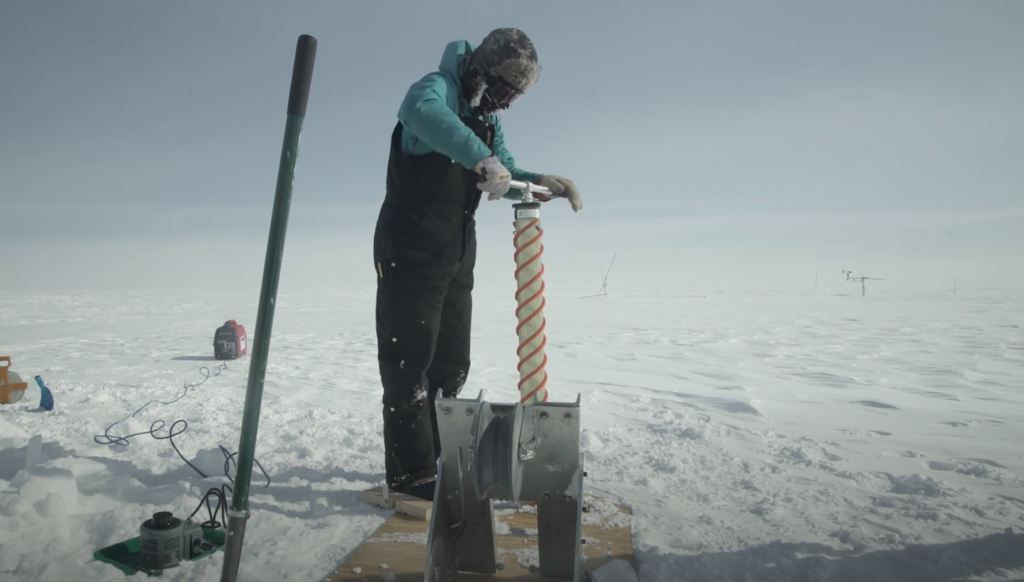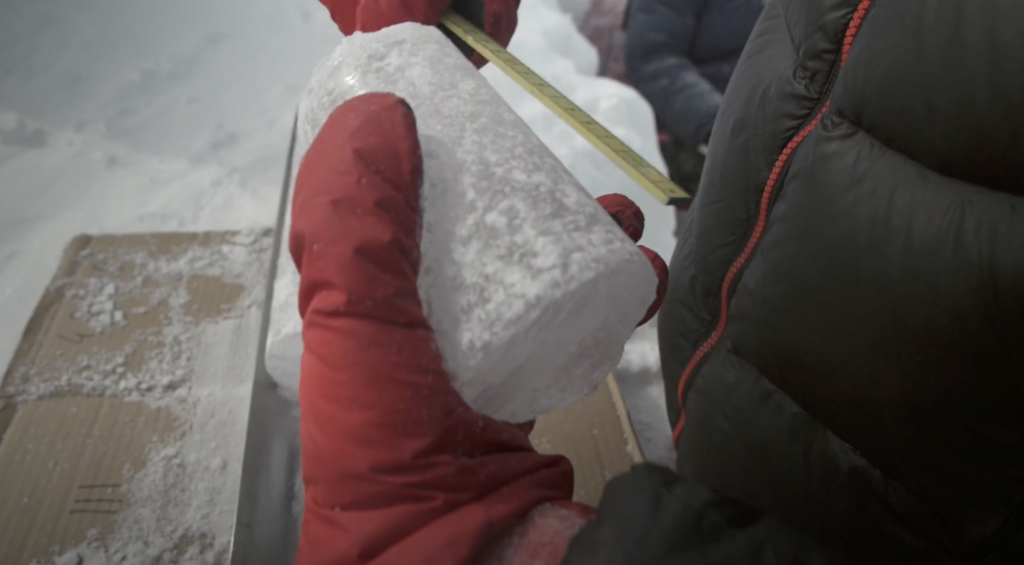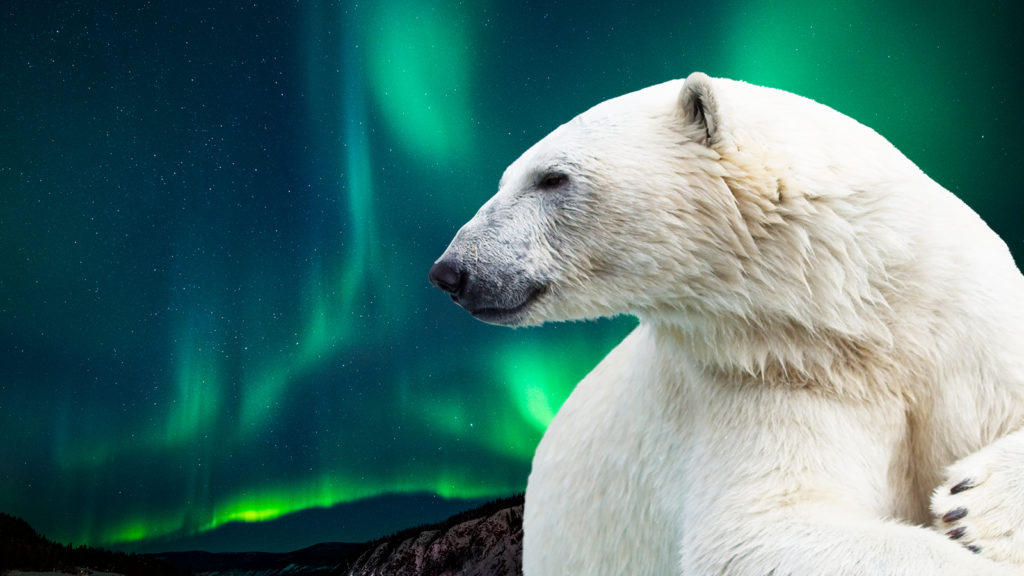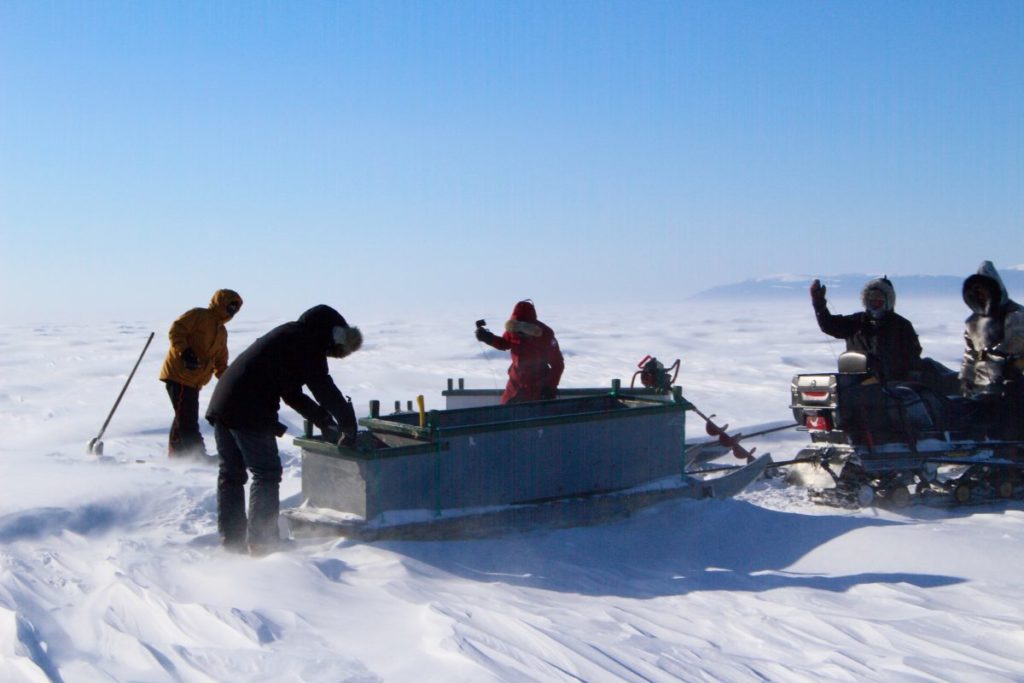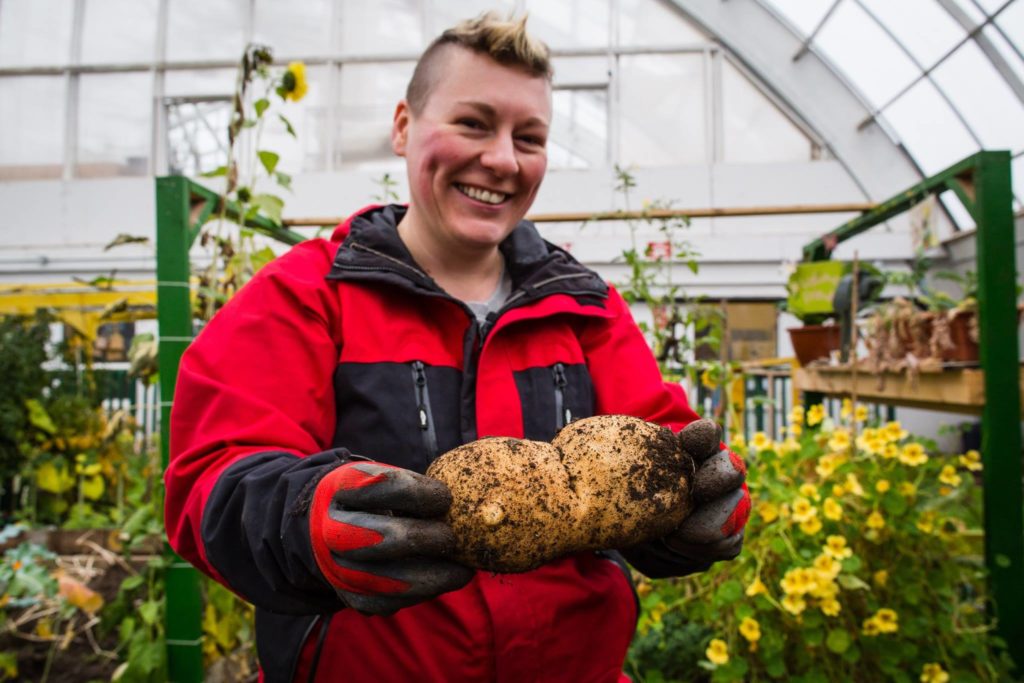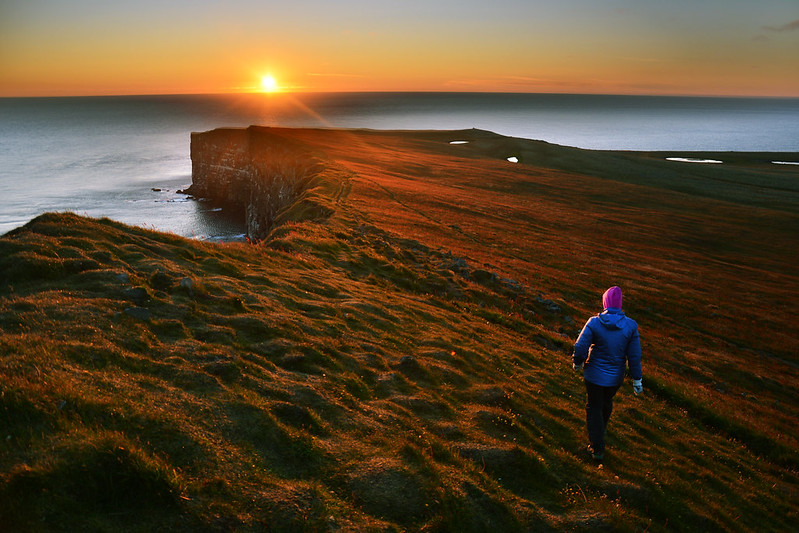Moving Beyond Western Approaches to Scientific Expeditions
Of the 28 trillion tonnes of ice lost since the 1990s, 12 trillion tonnes are from the Arctic, including the Greenland ice sheet. It’s part of what’s causing global sea levels to rise at an alarming rate.
When scientific research is collaborative and inclusive of Indigenous ways of being, research methods and storytelling, it can often lead to more ethical and equitable science. A National Inuit Strategy on Research released by the Inuit Tapiriit Kanatami (ITK) outlines strategies for making Arctic research inclusive, such as incorporating Indigenous knowledge when defining the role of research in Inuit regions and communities.
The ITK identified five priority areas in its strategy:
- Advancing Inuit governance in research by working with the Government of Canada to create space for Inuit self-determination and Inuit research priorities.
- Enhancing the ethical conduct of research by holding Western researchers accountable for adhering to existing ethical research guidelines and appointing Inuits to sit on research ethics boards in Canada.
- Providing Inuit organizations with opportunities to access funding to conduct Inuit-led research.
- Ensuring Inuit access, ownership, and control over data and information that will impact their people, wildlife, and environment.
- Building capacity in Inuit research by establishing an Inuit university and investing in Inuit-led training programs to foster future generations of Inuit researchers, empowering Inuits with reliable broadband and internet access, and other measures.
Similarly, the 2018 Fairbanks Agreement on Enhancing International Arctic Scientific Cooperation emphasized the need for the inclusion of Indigenous knowledge in scientific research practices employed in the Arctic. It stated that Western researchers should "utilize traditional and local knowledge in the planning and conduct of scientific activities" as a way to advance scientific collaboration.
The Agreement, which was signed by all eight countries that are members of the Arctic Council, recognizes that through years of living on the land, using its resources, and observing changes in the environment, Indigenous Peoples have knowledge that is both culturally and scientifically valuable for Western researchers.
Up to 80% of Greenland is covered in ice. For centuries, Inuits have relied on sea ice for transportation, for food and for other resources. They have expert knowledge, passed down through generations, on how climate change affects the snow, the glaciers, the fish and animals they hunt, and their livelihoods. This ice that scientists travel to Greenland to study is central to the Inuit way of life.
“I wanted this film to speak on behalf of nature,” Iva says. With ice as the protagonist, we’re reminded throughout Utuqaq that ice knows the history of the Arctic, the kind of research being done there, and the impacts of climate change. As we’re told in the film, ice is “pregnant with the past and the future.”
Want more information about scientific expeditions?
Watch Utuqaq to learn about the scientific exploration of Greenland from the perspective of ice.
